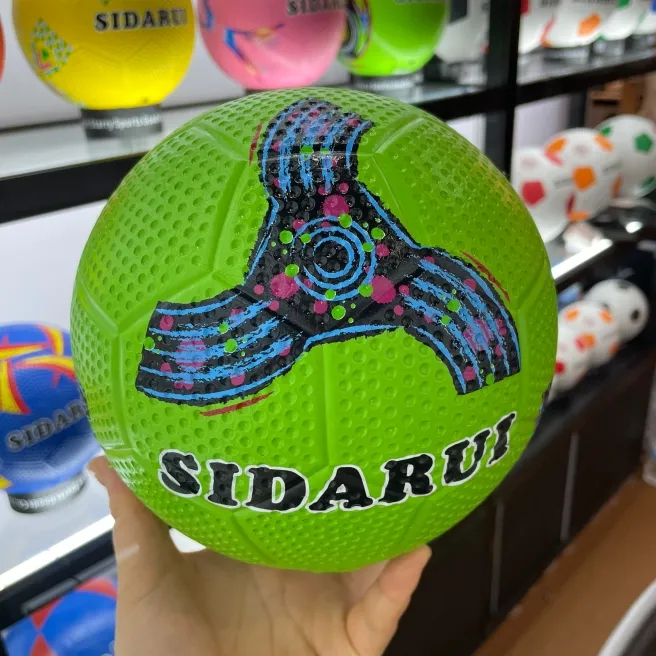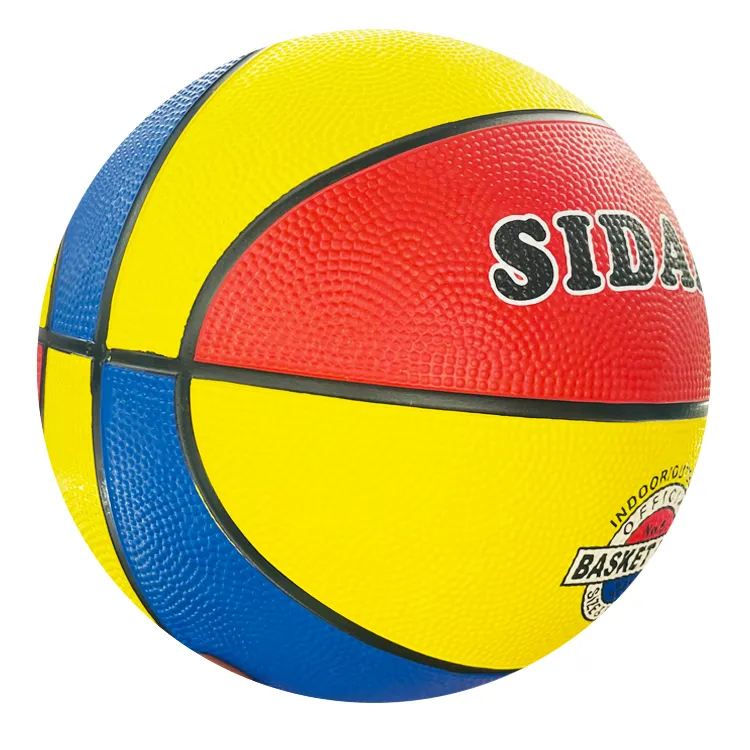Mar . 07, 2025 06:00


Sitting Volleyball is a variant designed to be inclusive, offering an engaging platform for athletes with physical impairments. Played on a smaller court with a lowered net, sitting volleyball retains the fast-paced excitement of the standing game. Teams of six engage in strategic plays and rapid exchanges to score points. This inclusivity broadens the reach of volleyball, promoting sporting spirit and camaraderie across diverse communities. Paralympic Sitting Volleyball showcases extraordinary athleticism and determination, inspiring audiences worldwide. Wallyball, often heralded as volleyball in a racquetball court, is a high-energy version that leverages walls as part of the play. This indoor sport can be played year-round, offering unique, fast-paced action where the ball can be bounced off walls for intriguing gameplay strategies. Wallyball encourages inventive tactics and quick reflexes, providing a fresh alternative that combines elements of both volleyball and squash. Not to be overlooked, Aquatic Volleyball adapts the traditional game to a pool setting. This recreational variant is perfect for hot weather, combining the fun of volleyball with refreshing water play. It’s a popular choice for gatherings and events where players enjoy a leisurely yet competitive atmosphere. Pool noodles or waterproof nets are often used to set boundaries, making it a versatile option for casual enjoyment. Each form of volleyball offers its own set of challenges and thrills, contributing to the sport's rich tapestry. Whether played on a traditional court, in sand, snow, on grass, in water, or even with modified rules for inclusivity, volleyball continues to captivate players and fans alike. Understanding these variations not only enhances appreciation but also informs purchasing decisions for equipment, as different surfaces and conditions necessitate specialized gear. From knee pads to shoes engineered for sand, selecting the right equipment can significantly impact performance and enjoyment. For enthusiasts considering venturing into new forms of volleyball, investing in the appropriate gear is crucial. Indoor players benefit from shoes with sturdy support for hardcourt traction, while beach volleyball aficionados often opt for equipment designed to withstand abrasive sand conditions. Grass and snow volleyball necessitate specialized footwear as well, enhancing grip and stability. Understanding these nuances elevates one's playing experience, ensuring that enthusiasts are well-prepared to enjoy volleyball in all its exhilarating variations.











